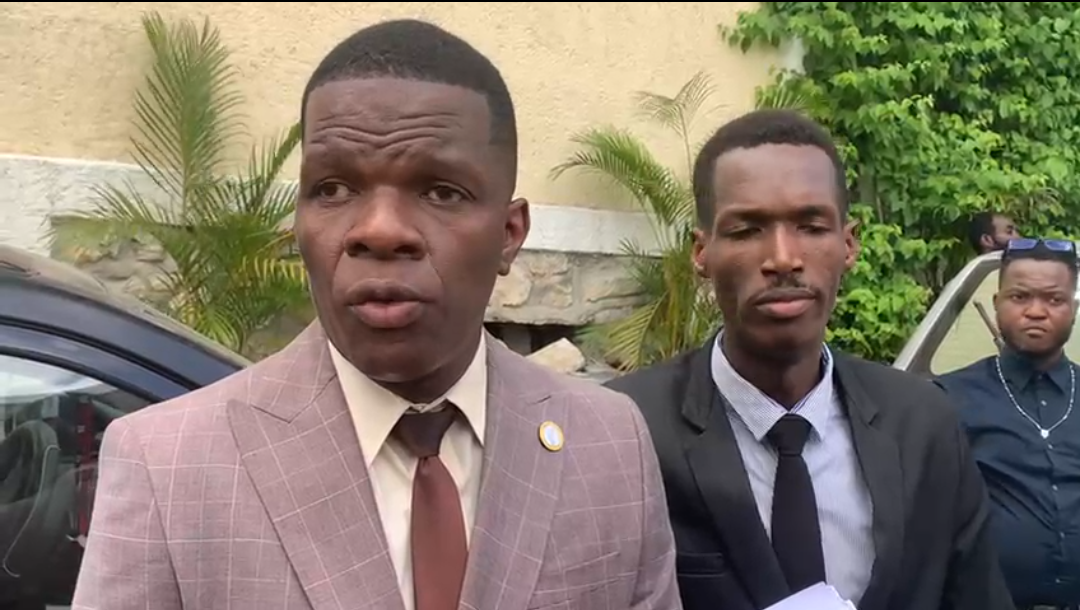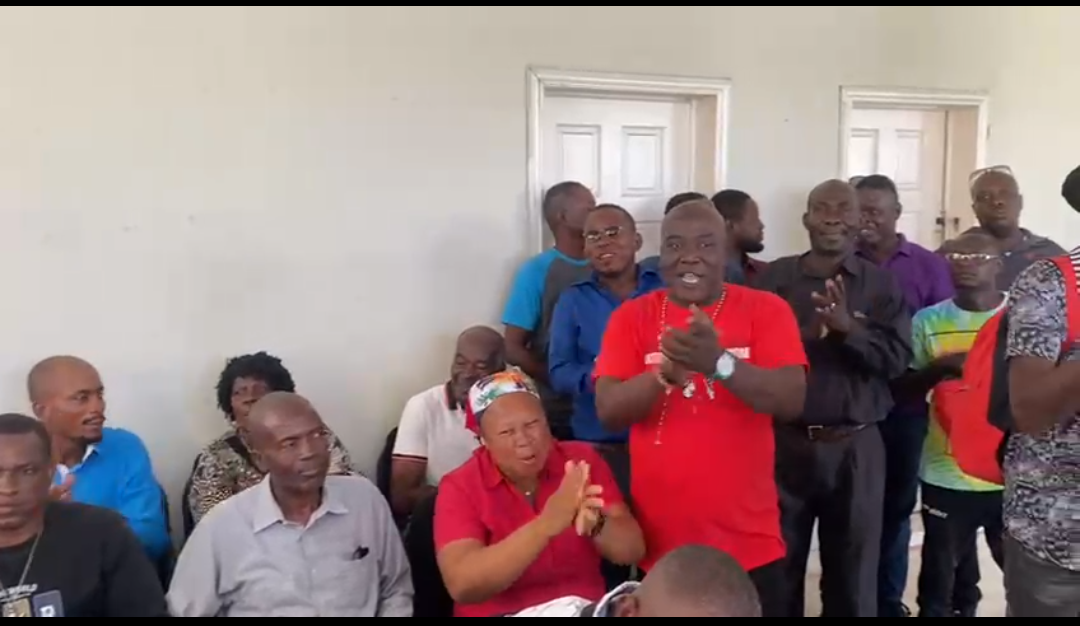Just two decades ago, the University of Miami didn’t have just the best football program in the country, it had one of the best of all time.
It’s 2001 team, which would capture the school’s fifth national title in an 18-year span, featured 38 players who would eventually get drafted into the NFL, including an astounding 17 future first-rounders. There’s no discussion of all-time great teams without it.
It wasn’t just stars such as Andre Johnson or Vince Wilfork or Jeremy Shockey or Jonathan Vilma. It was the breathtaking depth that had Sean Taylor backing up Ed Reed at safety and a tailback rotation of Clinton Portis (first string), Willis McGahee (second) and Frank Gore (third).
It won its games by an average of 32.9 points. In consecutive weeks, it humiliated No. 11 Washington and No. 15 Syracuse by a combined score of 124-7. In the national title game, it led Nebraska 34-0 at the half, en route to a 37-14 victory.
“When the U brings it, there’s nothing like it,” said Mario Cristobal, an offensive lineman on the school’s 1989 and 1991 national championship teams.
Cristobal isn’t wrong, which is why he was talking this week from Coral Gables, having left a plum, resource-rich job at the University of Oregon to return to his hometown and home team. Coaching the Ducks is great. Coaching Miami means, if you can get it all right, you can be as great as great has ever been in this sport.
Two decades is a long time, but as much as the game has changed, the formula that made Miami into a powerhouse hasn’t. What it lacks (an on-campus stadium and an ACC, not SEC, membership) it still makes up for like a waterfront plot on Star Island — location, location, location.
South Florida is one of the most talent-rich, if not the most talent-rich, areas in the country. In the Class of 2022, Rivals.com has 18 players from high schools in Miami-Dade, Broward and Palm Beach counties rated as four- or five-star recruits, including six who rank among the top 85 recruits nationally.
That’s just three counties. It doesn’t include Fort Myers or Orlando or Tampa or anywhere else in a state teeming with recruits, let alone anyone nationally who might just want to attend college amid the sunshine and palm trees.
It’s not just that there is local talent. Atlanta, Houston, Dallas, Los Angeles and plenty of other spots have that as well. What makes Miami particularly unique is that there is no one else locally to compete for it.
While almost every school comes looking for players, only one can offer the chance to stay near home. The next closest major program is the University of Florida, a 320-mile, five-hour drive away. Draw roughly the same circle around Atlanta, and you have seven SEC programs plus Clemson, Florida State and others. From Miami, everything past UF is essentially a plane ride.
There is no comparable situation like it in recruiting — a geographically isolated talent base with just one school sitting on top of it.
It’s why, in 1979, new head coach Howard Schnellenberger took over and decided to essentially recruit only local players, dubbing it “The State of Miami.” Within four years, the Canes won the national title.
The state of the Miami program, of course, isn’t great these days. A series of wrong coaching and athletic director hires, a lag on facility construction, numerous NCAA scandals and a failure for boosters and various factions to unite have produced relentless dysfunction.
Miami has just one 10-win season and zero AP top-10 finishes since 2003. It has been through five coaches during that stretch. The Canes went 8-3 last year and are 7-5 this year, but the program isn’t exciting the masses. All of those Class of 2022 South Florida four- and five-star recruits? Just one of them is committed to the program, and he pledged just last weekend.
As such, in a typically clumsy and unfortunate manner, the school fired Manny Diaz, essentially at the same time Cristobal agreed to take the job. An AD still needs to be brought in. It was all very Miami.
Still, there is reason for optimism. Money is pouring into the program, via an increased commitment from a school rich with healthcare money and numerous mega-boosters. Facilities have been upgraded and that will continue. Cristobal was lured away with an $80 million contract, plus major raises for his assistants.
One billionaire is so intent on a new, close-to-campus stadium — and out of the NFL one 20 miles away — that he floated a plan to buy a local high school and build his own place, complete with 50,000 seats and a retractable roof. That isn’t happening — it turns out the city of Coral Gables needs a high school (go figure). But that’s the kind of bold ambition that surrounds the place.
Mainly though, the recruits are always there. Lately they’ve kept darting off to Alabama (Amari Cooper, Jerry Jeudy, Calvin Ridley, Patrick Surtain II) or Louisville (Lamar Jackson, Teddy Bridgewater) or Ohio State (Joey and Nick Bosa) and so on.
Miami is a place of contrasts, of wealth and poverty, of beauty and of challenges. It’s a cauldron of cultures and classes and politics; a city of dreamers and scammers and visionaries and immigrants.
A lot of times, nothing about the place works … until you taste the stone crabs at Joe’s or the cafecitos at Versailles or a Cohiba as the evening breeze comes in off Biscayne Bay. Then it’s the greatest spot on Earth.
That’s the challenge for Cristobal, to get all the forces aligned so it can max out again. “It’s going to take everybody,” Crisobal said. The 51-year-old is an exceptional recruiter and forceful leader, a Nick Saban protégé who is almost ideally situated to make this work.
“We are Miami,” he said. “We are the ‘U.’ And every time you hear that, every time you see that … that has to mean everything.”
Can he do it? No one ever knows when it comes to these hires. Cristobal did a very good, but hardly exceptional, job in Oregon.
However, he left the comfort and stability of Eugene for this challenge because he knows if he can get it right in Miami, if he can keep the recruits, if he can organize the forces, if he can bring back the kind of toughness and determination that he himself once played with, then truly anything is possible.
Because there’s never been anything stopping Miami from being Miami except Miami itself.










